Can Wisdom Teeth Continue to Grow
A. What Does Wisdom Teeth Growing In Feel Like?
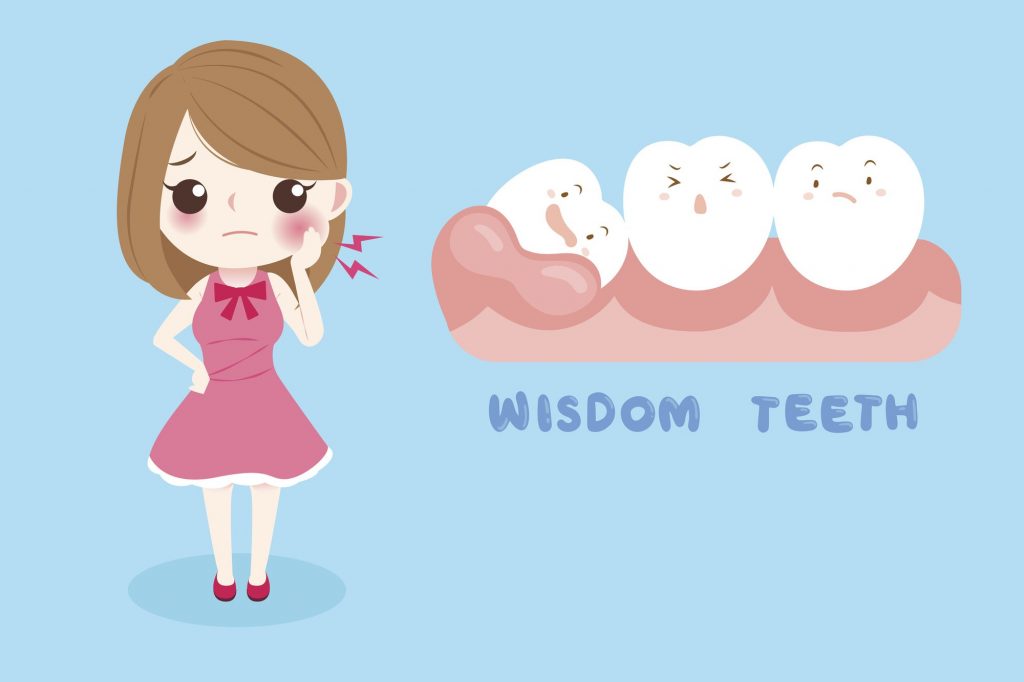
Growing on wisdom teeth is much more normal than most people think. You hear all the crazy stories of wisdom teeth that need to be discovered, but you never hear detailed accounts of what it's really like to turn them safely.
So, if you are in the unique situation of growing your last set of molars, we are here today to give you some interesting insights into what is really going on in your mouth. Let's take a detailed look at what it's like to grow on a wisdom tooth. If you have one, two or all four ready to show up.
1. Soft gums
Do you remember when you were a child and got new teeth? Your child's tooth may fall out and the gums may become pasty. And when the new tooth grows, the gums swell up a little and hurt. This is because the tooth is moving up the gum line, but ends up in an established socket.
Your wisdom teeth are like that, but a little different. As new teeth grow towards the gums, they actually cut and push the gums out of the way. Therefore, your gums will become a little pasty and swollen, as when you were a child. And don't be surprised if they get a little sensitive before the tooth pops (dentist's slang to peek through the gum line)
2. Feel the crest with your tongue

Perhaps the coolest part of waxing wisdom teeth is the feeling when the first piece of tooth is coming out of the gum. The tooth has not penetrated completely, but it marks the place where it will appear. During that time, you can feel the tiny tooth comb with your tongue and you may find it fun to snoop. Don't worry, unlike baby teeth, you can't move your wisdom tooth with restlessness.
3. Temporary perichoronitis is no big deal
You may have temporary perichoronitis, where some gum tissue gets caught between the new tooth and the teeth above or below it. In other words, the gums swell at the top of the comb and you accidentally bite them a lot. Ice and mouthwash help and generally the tooth pushes the gums completely out of the way when they are stuck. Meanwhile, chew on the other side of your mouth. Otherwise, contact your dentist to get the gums back into a proper shape.
4. Make a small room

Wisdom teeth often appear at a "dangerous" angle because they are supposed to help the elderly cope with tooth loss. Then, when you have a gap, the wisdom tooth pushes all the other teeth inward to fill it, as it occupies the last point in your mouth. But modern people don't lose that many teeth. If your healthy wisdom teeth are at an angle (one that your dentist says is safe), you can expect some pressure on the other teeth. It may even be beneficial. But it is very strange.
The sensation of the pressure phase is that, along the line next to the wisdom tooth, your gums are soft and a little sore. One by one, your other teeth will be sore and your gums will be a little soft. First, the tooth next to the wisdom tooth, then the middle one, and then the middle one. But only one tooth at a time. If you feel anything more painful than pain, see your dentist.
5. The gap in the gums
Because of the way the molars are shaped, there is a "depression" in the center of the tooth. This means that when the cutting points of the wisdom tooth enter, there may actually be a "valley" in the middle that forms a channel directly into the gum.
And it hurts like its tail when crunchy food is "chewed" in the area. This is not a big problem and soon your tooth will be growing completely. However, if you develop a gum gap, treat this area carefully and watch as you chew for a few weeks. And, once again, mouthwash is your best friend for all the aches and pains associated with wisdom teeth and gums.
6. Become a Happy Tooth Monster
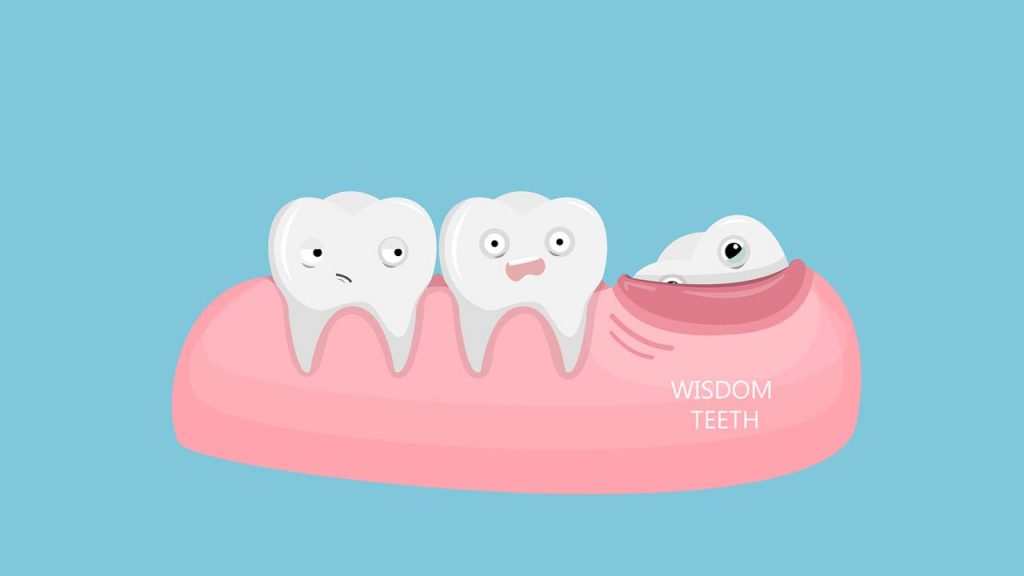
The last phase is the best of all: your wisdom tooth will grow completely. With enough space in your mouth for all these teeth, you can proudly display an unusual set of helicopters like the lucky tooth monster you are. Especially everyone who is lucky enough to grow safely on all 4 wisdom teeth.
7. Check with your dentist
And, of course, always remember to keep your dentist informed. If your wisdom tooth or gum hurts more than expected, contact your dentist. If you are concerned about the wisdom tooth coming in at a very sharp angle, see your dentist. And if you develop pericoronitis that doesn't look like it's going to go away … you get the picture.
Your dentist is there to help you with the big and small details of your teeth. In addition, you will be intrigued to observe the novelty of a healthy wisdom tooth process after removing so many other patients.
B. Do Wisdom Teeth Ever Stop Growing?
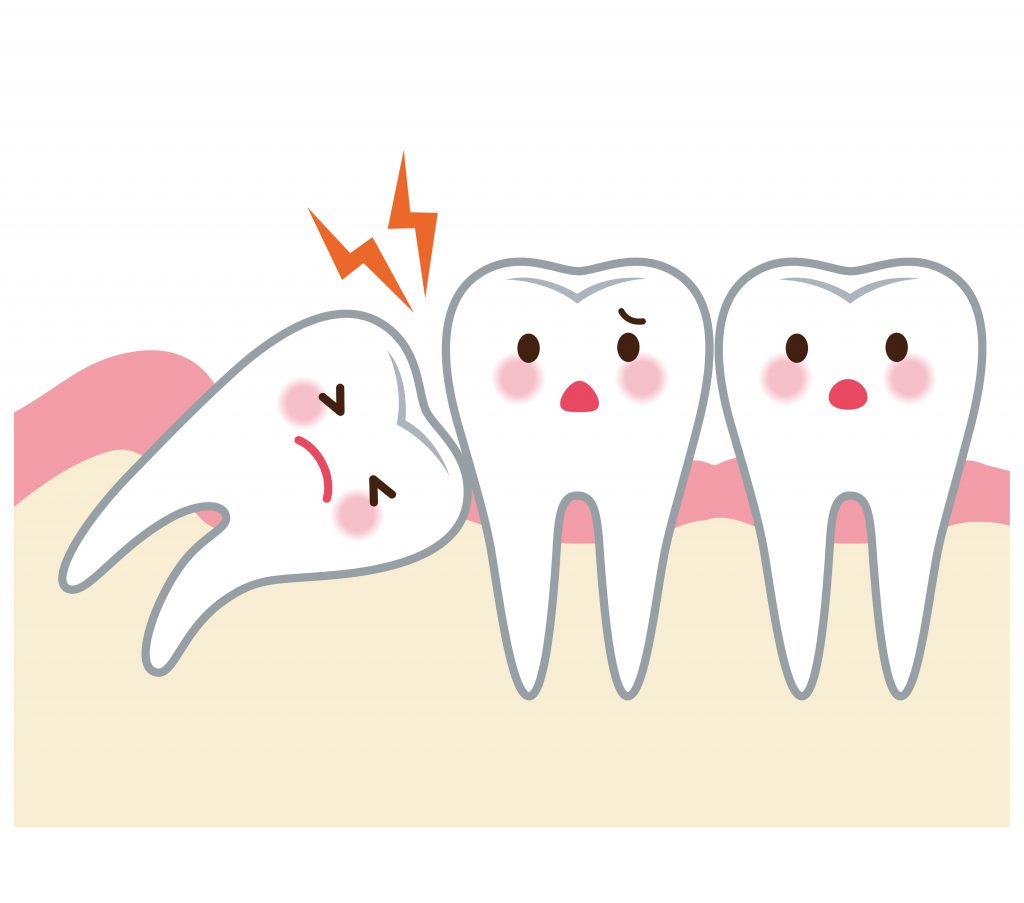
Most people recognize wisdom teeth as problematic molars that often need to be removed. Although wisdom teeth may look good for years at first, they can often cause problems for the rest of your smile over time. Most of these problems are due to some level of impact, which, depending on the extent, may or may not be obvious. In our dental office in Oxnard, CA, we often help patients overcome the effects of wisdom teeth by carefully extracting the molars before they cause further damage. The problem is that, despite the obstruction by existing teeth and the structure of the jaw, wisdom teeth keep growing, which can make them an increasingly serious threat.
1. What does an affected tooth mean
An affected wisdom tooth or third molar cannot grow properly or erupt because its path is obstructed by the second molar that has already erupted. This prevents the wisdom tooth from breaking where it should, although it still does not prevent the tooth from trying. Instead of breaking vertically, the tooth can be pushed diagonally or horizontally and pushed against the other tooth if it gets stuck in the surrounding jaw bone structure. This can not only hinder the development of teeth, but it can also lead to worsening pain and a high risk of other chronic oral health problems.
2. How to solve the problem

Unlike most other common oral problems, there is usually no solution to correct an affected wisdom tooth. In fact, without your third molars, your bite will have enough chewing strength to function properly for life (with proper care and maintenance). Therefore, the most effective solution for an affected wisdom tooth is to extract it. This may mean carefully exposing the entire tooth structure in the jaw bone for removal without damaging the nearby bone structure or oral tissue. If wisdom teeth are extracted early enough, you may not need more extensive procedures to repair the resulting damage to your smile.
3. Should you extract them earlier?
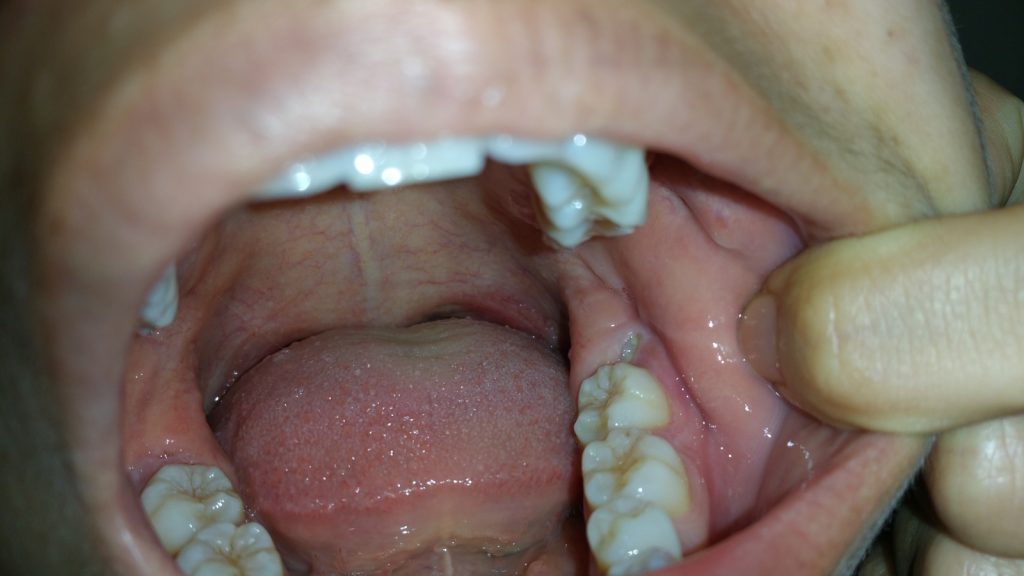
Because of the problems that wisdom teeth often cause, many people choose to extract them as soon as they appear. This can help you avoid the discomfort that usually indicates an affected wisdom tooth and reduce the risk of subsequent damage to the surrounding teeth and the structure of the jaw. Before recommending extraction of wisdom teeth, we conducted a comprehensive examination using 3D digital images to accurately measure the position and growth of wisdom teeth. We will then contact you to determine if extracting is a good idea.
4. Learn how to deal with wisdom teeth
Even if your wisdom teeth are compromised, they keep growing and try to get out of the gum line. Therefore, it may be necessary to extract them.
C. Wisdom teeth: Growth, Problems and Removal

Wisdom teeth grow at the back of the mouth and are the third and last molar to erupt. Evolutionary biology shows us that wisdom teeth were necessary for our ancestors, but we hardly need them today. Modern medicine ensures that we don't lose our teeth early in life, so we don't need a boost in our teens or 20s. Our modified diet also eliminates the need for wisdom teeth.
Fortunately, our jaw can contain 28 teeth, but adding another 4 large teeth to the mouth often causes problems. Often, a broken or partially broken wisdom tooth can cause space problems in the jaw, leading to problems such as bone and nerve damage and overcrowding when the teeth are pushed to the side or crooked.
1. When do wisdom teeth start to grow?
At what age do wisdom teeth grow? Wisdom teeth usually begin to emerge between the ages of 17 and 25. They are called "wisdom teeth" after they arise when the child reaches adulthood and therefore has reached the age of "wisdom".
2. How long does it take for all wisdom teeth to grow?
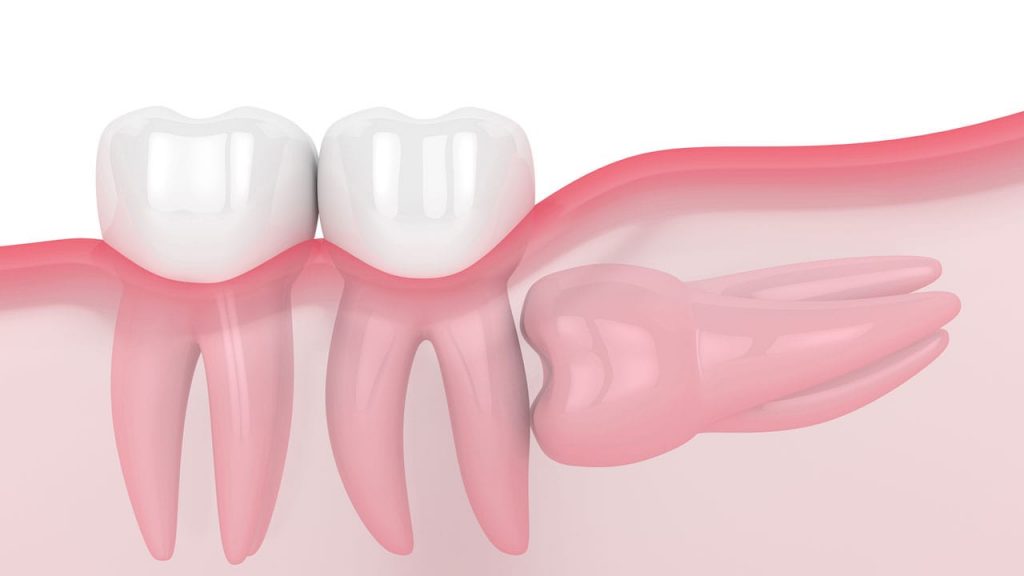
How long does wisdom teeth take to grow? Wisdom teeth begin to form in the jaw at around 9 years of age. X-rays of the jaw of a 12-year-old child show wisdom teeth below the gum line. At the end of adolescence, the roots of wisdom teeth developed and began to lengthen. This is the time when the crown of the tooth can explode.
In our early twenties, wisdom teeth have generally broken out or failed to explode due to an impact. At 40, the roots of our wisdom teeth are properly anchored in our jaws, which have now reached full density.
3. Wisdom teeth symptoms grow
- Sensitive and inflamed gums
- Bleeding gums
- Pain in the back of the mouth can be attributed to pain when wisdom teeth break
- Pain and / or swelling in the jaw
- Bad breath
- Difficulty opening your mouth
4. Wisdom tooth extraction

Wisdom teeth often emerge without a problem. If removal is indicated by your dentist, it can be for a number of reasons, usually due to insufficient space in the jaw to break properly. Problems that may require wisdom teeth removal include:
- Caries
- Crooked teeth
- Teeth grow at unusual angles
- Inflammation of the gums
- Cysts
- Abscesses
- Pericoronitis
- Pain
a. Broken tooth extraction
A fully erupted wisdom tooth is the easiest to extract. It is extracted like any other tooth. The extraction of broken teeth is recommended if the wisdom teeth are incorrectly angled when they break, which puts pressure on the molars next to them. This pressure can damage nearby teeth, the jaw, and possibly the nerves.
b. Extraction of partially broken tooth

The partial eruption of a wisdom tooth creates an opening for bacteria to enter and can cause infection that causes pain, swelling and disease. Partially erupted wisdom teeth are more likely to suffer from cavities because they are difficult to clean and floss.
Partially erupted tooth extraction is a simple procedure that numbs the area and then cuts the gum to gain access to the entire tooth. Occasionally, a small amount of bone can be removed with the tooth and the tooth cut into smaller pieces to facilitate extraction.
c. Affected tooth extraction

An X-ray will show whether your wisdom teeth have been affected or not. Generally, your dentist will not remove the affected wisdom teeth, unless you are in pain or other dental problems. However, if you have pain problems, removal is an option.
The procedure is usually done in the dentist's office under local or general anesthesia and you will go home the same day. The surgeon cuts the gum line and removes any bone that covers the affected wisdom tooth before removing the tooth. The tooth is usually cut into smaller pieces to facilitate removal and reduce damage to the surrounding tissue.
5. Can wisdom teeth grow back after an extraction?
Do teeth grow back after a wisdom tooth is removed? The short answer is "no". However, in exceptionally rare cases, there may be more than 4 wisdom teeth in the mouth that can erupt after the first dentition is removed.
Source: https://congressdentalgroup.com/article/dear_doctor/how-long-do-wisdom-teeth-grow/